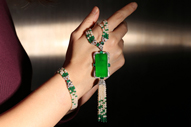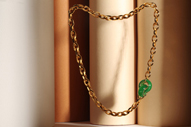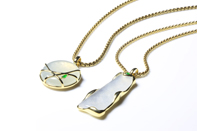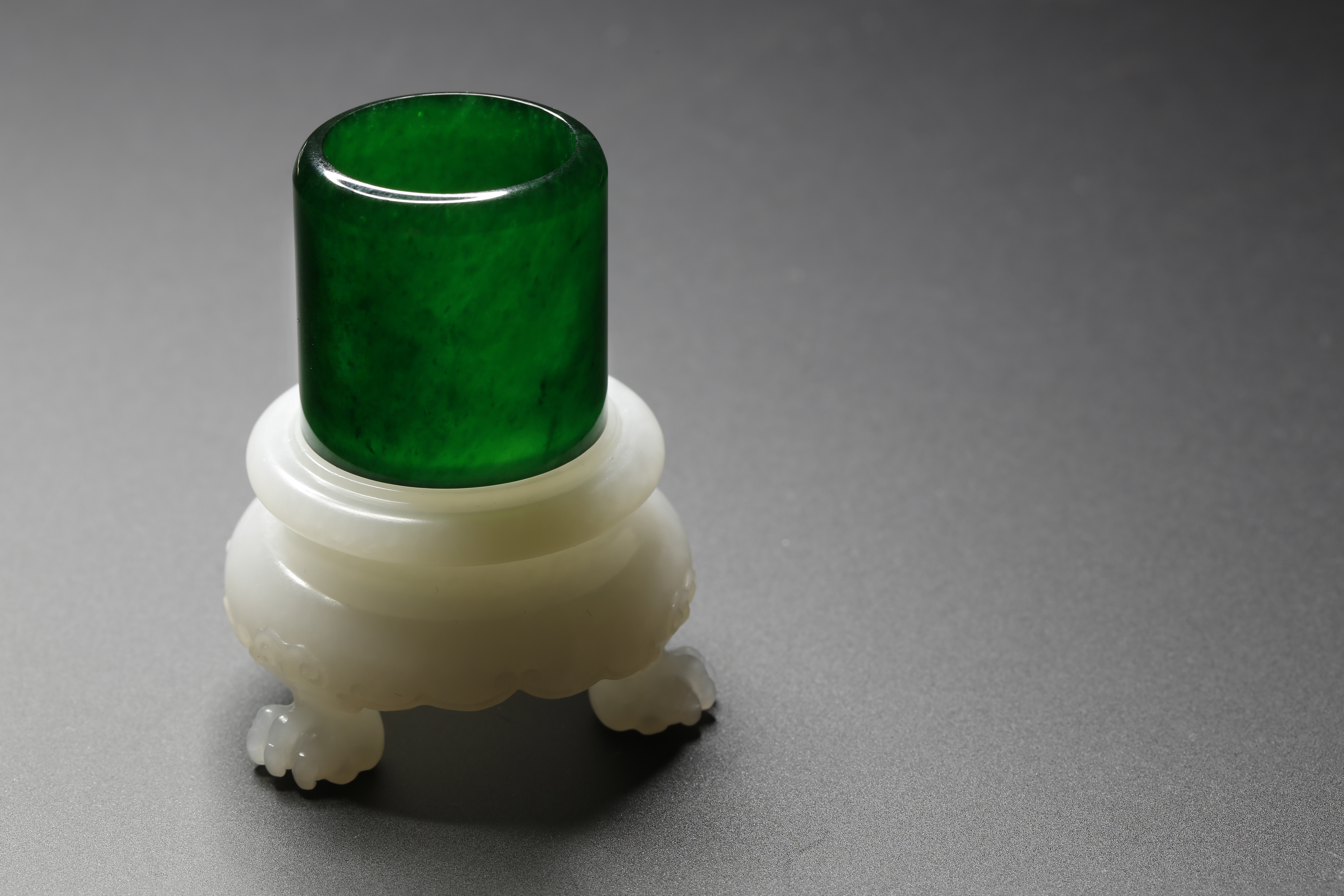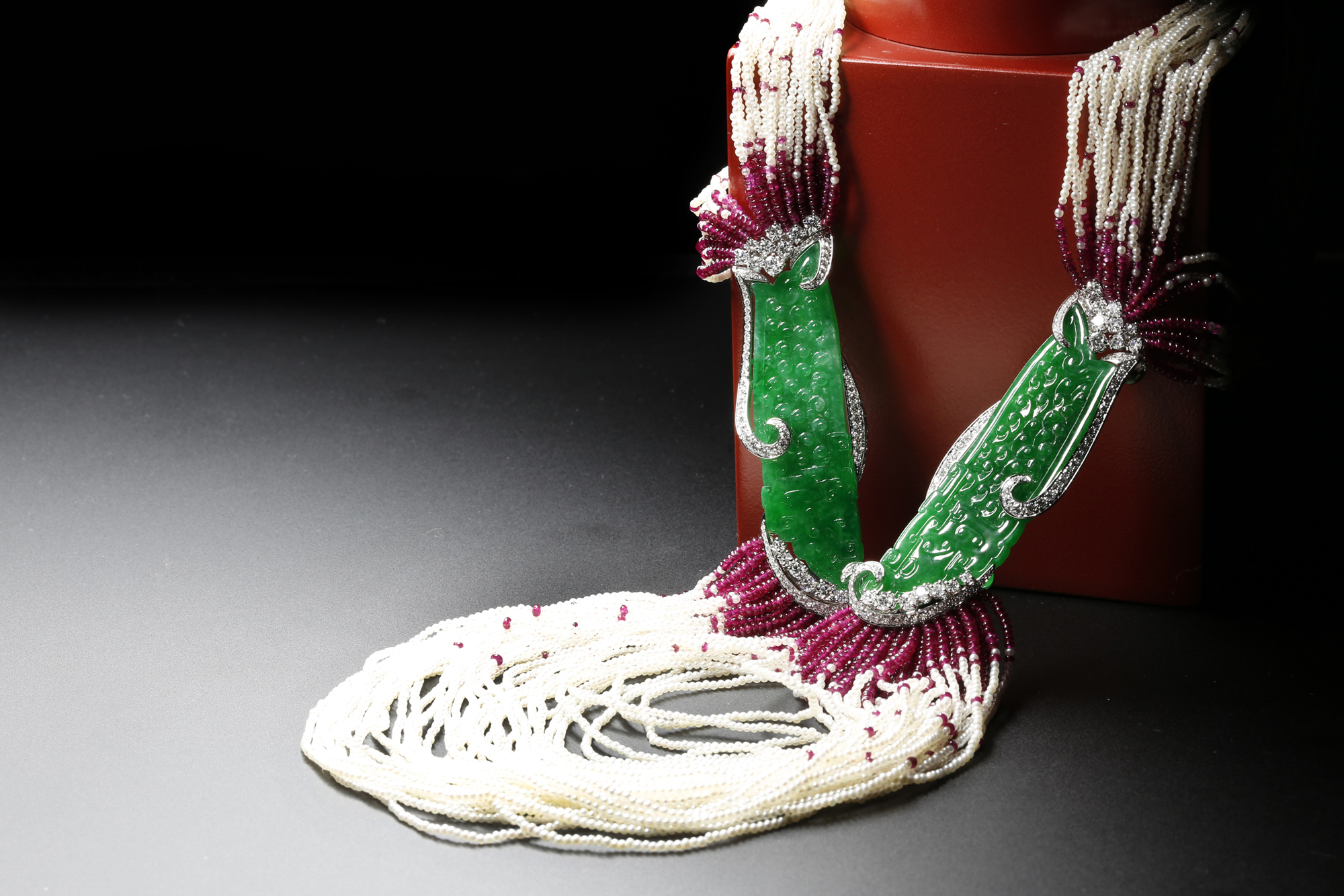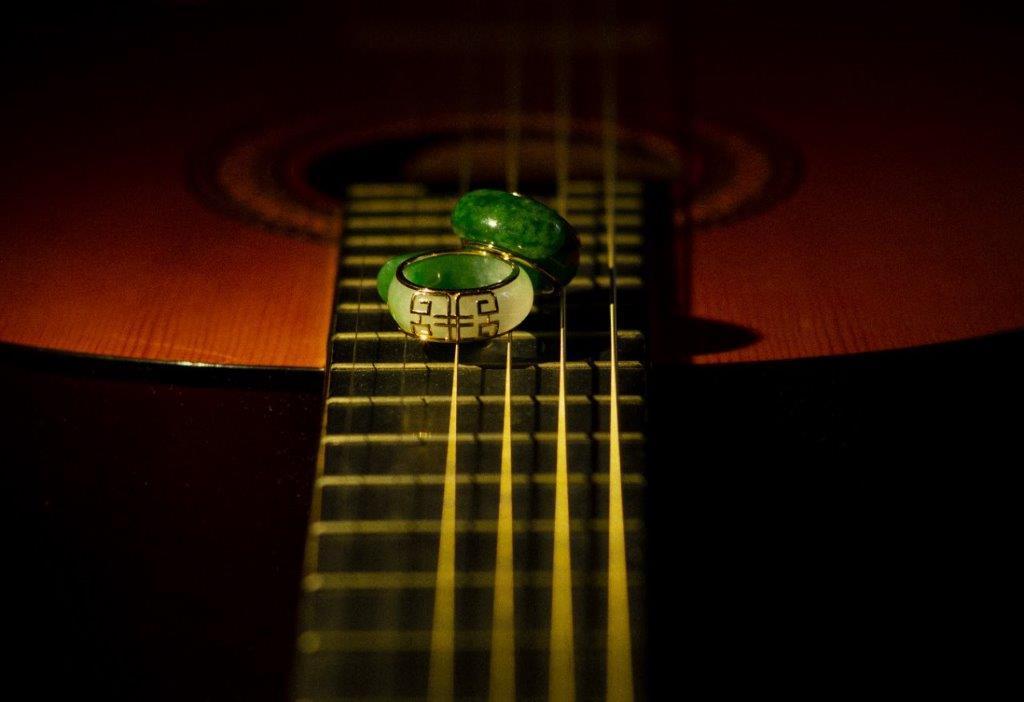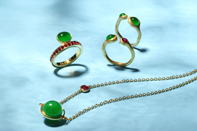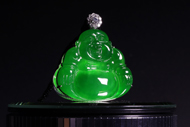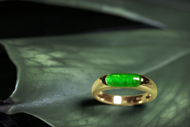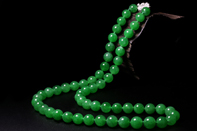The jade culture circle in the world is mostly distributed in the Ring of Fire that the prerequisite is to have jade mines. Many places including Europe, New Zealand, South America, and Central America produced jade and the local people also have the custom of wearing jade ornaments, but when it comes to the long history and deep tradition of jade culture, it has always been the jade culture inherited from China that carried the most significance. The once-popular jade culture in Central American can be traced back to the Olmec culture of 1200 BC, but it ended abruptly when the Spanish conquered Mexico in the early 16th century.
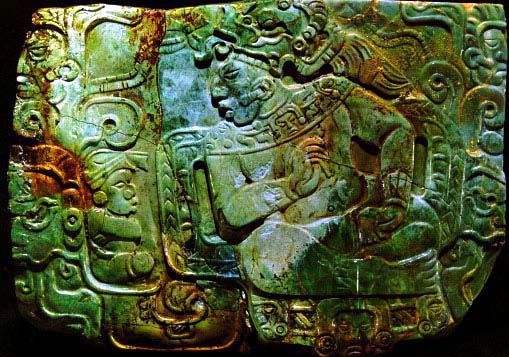
At the time, Aztecs liked to wear a type of green jade and called it “chalchihuitl”, which means “emerald green stones like bird feathers”. They believed that the jade stone could treat pain in the waist and kidneys. The Spanish brought this green jade jewelry back to Europe for sale at a high price and called it “piedra de ijada”. Among them, “ijada” comes from the Latin “ilia” and “abdomen”, which means “flankstone”. Later, the French replaced the name “ijada” with the French negative noun “éjade”, and finally omitted the vowel prefix “é” to become “jade” as the English name today. In the 19th century, the word “jade” has further become the source of the name “jadeite”.
Our brand is named “Jiandong” in Chinese, which means “built in the East”, which is to lead the cultural history of Chinese jadeite to contemporary and international markets, and so our shop name is also named “ilia” in Latin.


